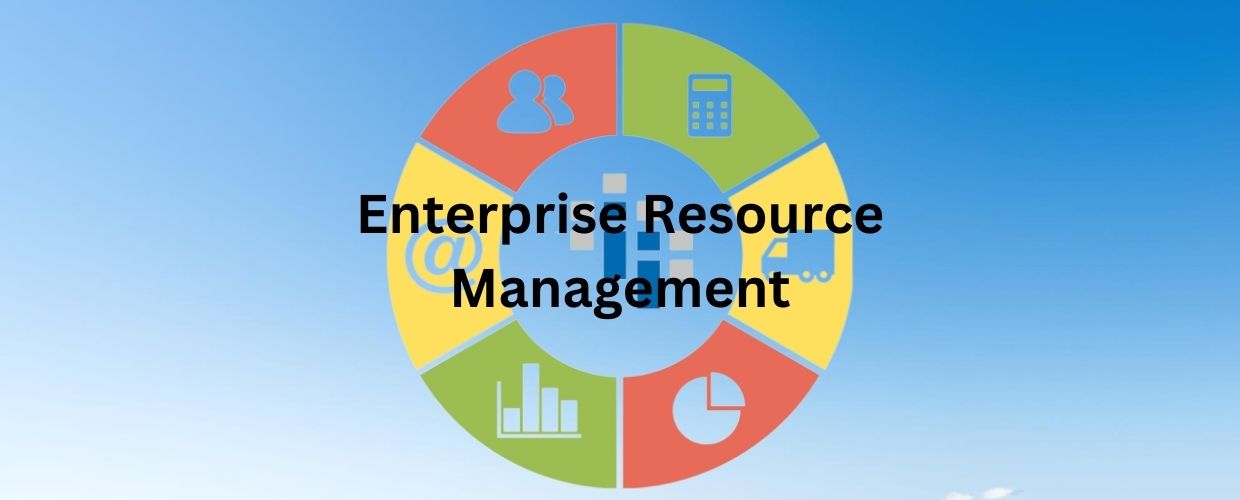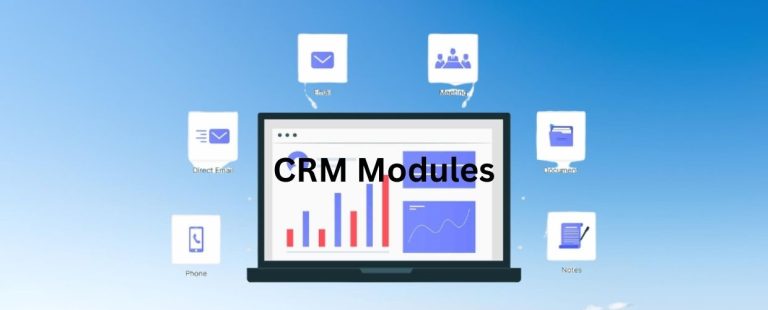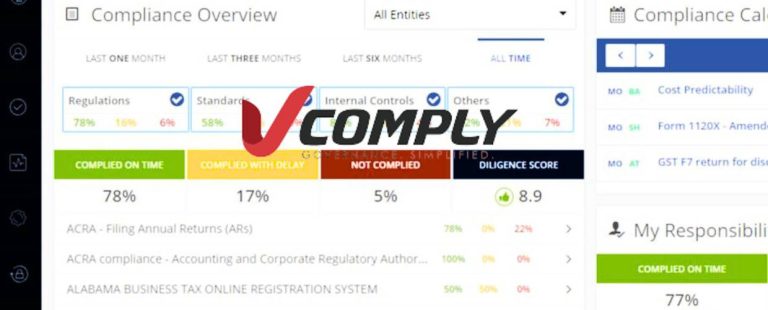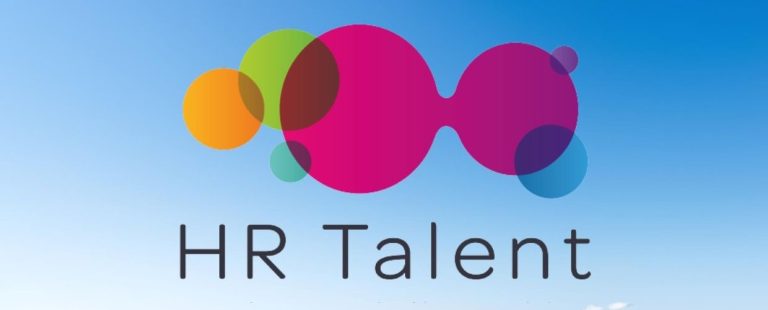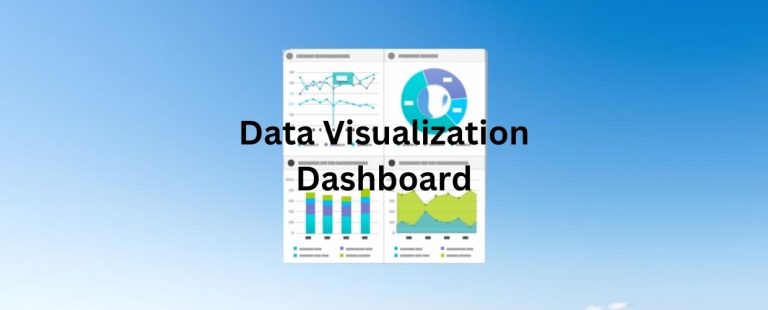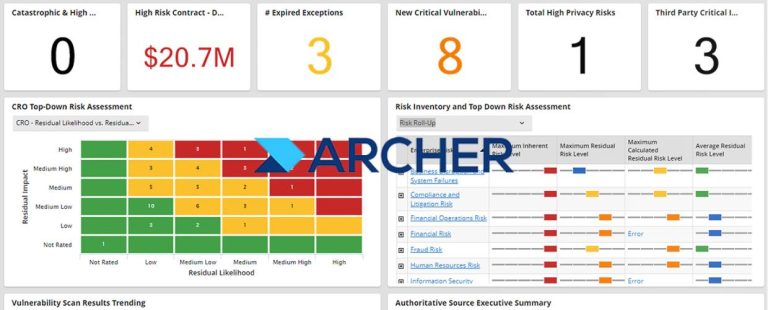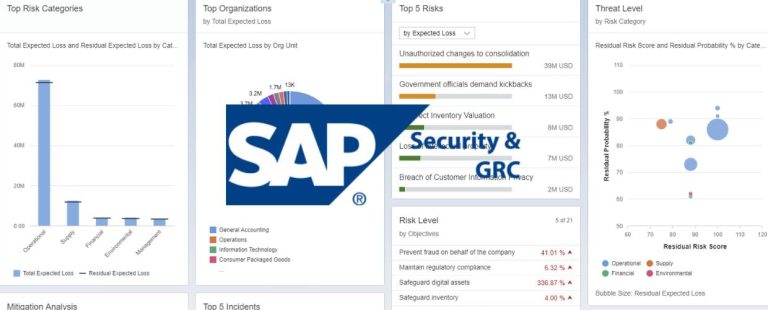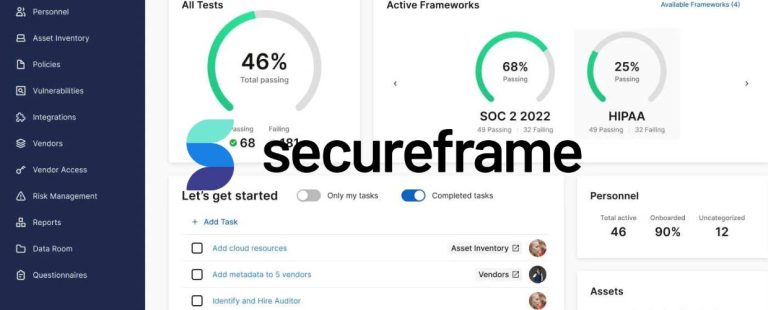In today’s fast-paced and ever-changing business environment, organizations face the critical challenge of managing their resources effectively to achieve strategic goals and maintain a competitive edge. Enterprise Resource Management (ERM) is a comprehensive approach that empowers businesses to optimize the allocation and utilization of their resources, encompassing tangible assets, human capital, and technological capabilities. In this article, we will delve deeper into the concept of Enterprise Resource Management and explore its key components, benefits, and how it maximizes efficiency and integration across all aspects of an organization.
Understanding Enterprise Resource Management
Enterprise Resource Management, or Enterprise Resource Planning, is a centralized software system that is the backbone of an organization’s information technology infrastructure. Its primary function is integrating various business processes and functions into a unified platform, facilitating seamless communication and data exchange between departments and stakeholders.
Enterprise Resource Management enables real-time data sharing, collaborative decision-making, and efficient cross-functional workflows, promoting organizational transparency and synergy. The system provides a holistic view of the enterprise, allowing the leaders to make informed decisions based on accurate, up-to-date, and comprehensive information. Enterprise Resource Management aims to streamline operations, enhance collaboration, and drive overall organizational success by integrating these resources and business processes into a cohesive framework.
Critical Components of Enterprise Resource Management
Enterprise Resource Management is a crucial aspect of any business. It involves managing various resources such as finances, human resources, and inventory to ensure the company operates efficiently.
Finance and Accounting
The finance and accounting module of Enterprise Resource Management is one of the fundamental pillars of the system. It effectively manages financial transactions, budgeting, reporting, and regulatory compliance. By consolidating financial data from various departments and business units, this module offers a clear and accurate picture of the organization’s financial health. It empowers financial leaders to make well-informed decisions regarding budget allocations, investments, and resource planning, optimizing financial performance and ensuring long-term sustainability.
Human Resources Management
ERM’s human resources management component is crucial for effectively managing an organization’s most valuable asset: its workforce. It covers various HR functions, including employee data management, payroll processing, performance evaluation, talent acquisition, workforce planning, and learning and development initiatives. This module allows HR professionals to streamline administrative tasks, foster employee engagement, and promote talent development, contributing to increased productivity and a positive work environment.
Supply Chain Management
The supply chain management module in ERM is pivotal in optimizing the end-to-end supply chain processes. It encompasses procurement, inventory management, order fulfillment, and logistics functions. By enhancing visibility and control over the supply chain, this module enables organizations to minimize lead times, reduce inventory costs, and improve overall operational efficiency. Effective supply chain management ensures the timely delivery of products or services to customers, contributing to enhanced customer satisfaction and loyalty.
Customer Relationship Management (CRM)
The CRM module within ERM focuses on managing customer interactions, sales processes, marketing campaigns, and customer service operations. Centralizing customer data and insights enables organizations to build strong and lasting relationships with their customers. Organizations can increase customer retention and drive sales growth through personalized and targeted marketing efforts. Effective customer service management also leads to improved customer satisfaction and a positive brand reputation.
Manufacturing and Production
Enterprise Resource Management s manufacturing and production module is particularly relevant for organizations involved in production or assembly processes. It supports production planning, scheduling, quality control, and maintenance functions. This module enhances operational efficiency, reduces production costs, and ensures the delivery of high-quality products to the market by optimizing production workflows.
Benefits of Enterprise Resource Management
Enterprise Resource Management offers many benefits for businesses, including improved efficiency, increased productivity, and better decision-making capabilities.
Improved Efficiency
One of the primary advantages of implementing Enterprise Resource Management is improved efficiency across the organization. By centralizing data and automating repetitive tasks, ERM eliminates data silos, reduces manual data entry, and minimizes the chances of errors or duplication. This streamlining of operations results in smoother and faster processes, ultimately boosting productivity and reducing operational costs.
Enhanced Collaboration
Enterprise Resource Management promotes seamless collaboration among departments and teams. ERM breaks down communication barriers by providing a centralized platform for data sharing, real-time communication, and collaborative decision-making. It fosters better teamwork and enables cross-functional alignment, leading to more effective and innovative solutions.
Data-Driven Decision Making
Enterprise Resource Management empowers organizations with real-time insights and analytics. Leaders can access accurate, up-to-date information from various business functions, enabling data-driven decision-making. Informed decisions based on comprehensive data are more likely to yield positive outcomes and support achieving strategic objectives.
Cost Savings
Effective resource management through ERM leads to significant cost savings in various areas. Optimized inventory management helps reduce carrying costs, while streamlined procurement processes lead to better supplier negotiations and lower purchasing expenses. Additionally, ERM aids in efficient workforce management, minimizing labor costs and improving overall productivity.
Scalability and Flexibility
Enterprise Resource Management systems are designed to be scalable and flexible, accommodating the changing needs of an organization as it grows and evolves. Whether an organization expands its operations or enters new markets, ERM can adapt to the increased demands and complexities, ensuring continued support for business expansion.
Conclusion
Enterprise Resource Management is a powerful and transformative strategy that enables organizations to maximize efficiency, integration, and collaboration across all operations. By centralizing data, streamlining processes, and providing real-time insights, Enterprise Resource Management empowers leaders to make well-informed decisions, optimize resource allocation, and drive overall organizational success.
Embracing Enterprise Resource Management as a core business strategy allows organizations to stay competitive, agile, and adaptive in the dynamic and interconnected global marketplace. As technology evolves, ERM will remain a cornerstone in achieving operational excellence and sustained growth in the digital age. Organizations that leverage ERM’s capabilities will undoubtedly position themselves for continued success and resilience in the face of future challenges.
